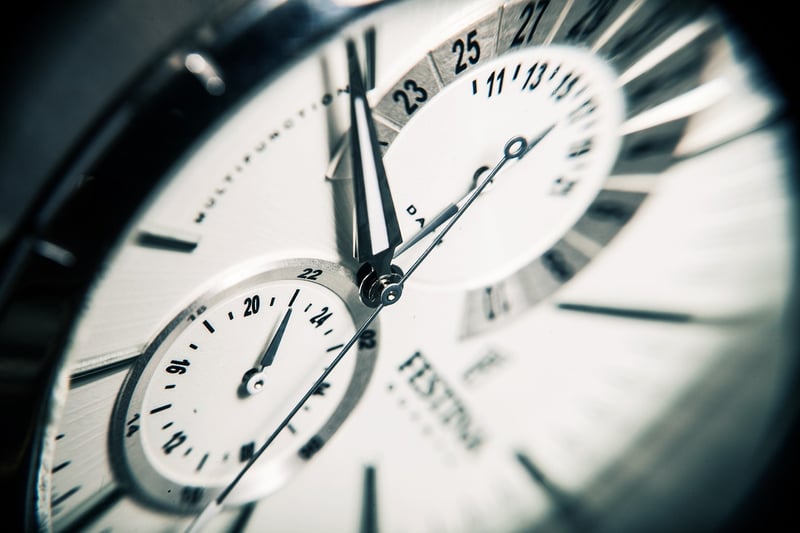Causal Loops
Dive into Temporal Anomalies and Causal Loops
Time travel, temporal anomalies, and causal loops have long fascinated both scientists and fiction enthusiasts alike. The concept of altering the past or future, creating paradoxes, and experiencing time in a non-linear fashion sparks imagination and curiosity. Let's explore these intriguing phenomena further.
Temporal Anomalies
Temporal anomalies refer to disruptions or irregularities in the flow of time. These anomalies can manifest in various ways, such as time dilation, time loops, or time jumps. One famous example is the grandfather paradox, where a time traveler prevents their grandfather from meeting their grandmother, thereby preventing their own existence.

Causal Loops
Causal loops, also known as bootstrap paradoxes, occur when an event causes itself without a clear origin. In a causal loop, an object or information is sent back in time and becomes the very thing that caused its existence. This creates a loop where the origin of the object or information is uncertain.

Implications and Theories
The study of temporal anomalies and causal loops raises profound questions about the nature of time, causality, and free will. Scientists and philosophers debate whether time travel is theoretically possible and what implications it would have on our understanding of the universe.
Key Considerations:
- Is time travel feasible within the laws of physics?
- How would altering the past impact the present and future?
- Do causal loops suggest a predetermined destiny?
While the existence of temporal anomalies and causal loops remains speculative, exploring these concepts encourages us to think beyond the confines of our current understanding of time and reality.
Whether you're a science enthusiast, a fan of sci-fi literature, or simply intrigued by the mysteries of time, delving into the world of temporal anomalies and causal loops offers a captivating journey into the unknown.
